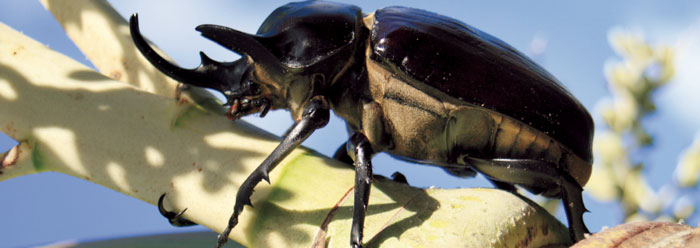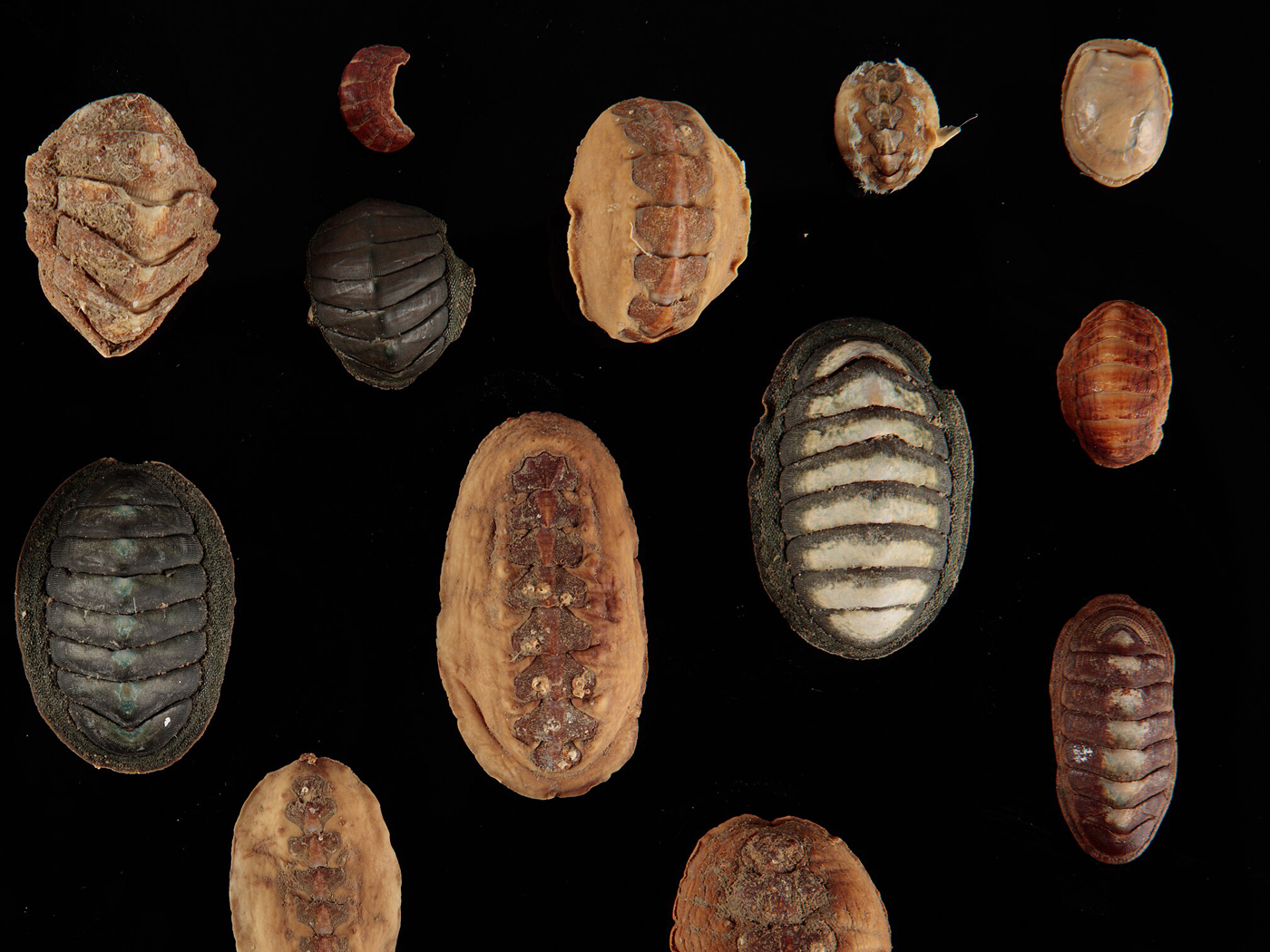Computer programs are written in coded computer languages, and sometimes the same piece of code can be reused in different programs to perform new functions. This way, programmers save time and energy by not having to invent new code. For this to work, however, the programmer must intentionally specify how each program will use the recycled code to perform the designated functions.
Genes can be compared to computer codes. The same gene or set of genes can be used to build different parts of an animal based on how those genes are incorporated with the many other genes (“computer codes”) that are used to develop those features. Evolutionary biologists have believed that “fundamental genes do not acquire new functions.”1 Such genes were thought to be off-limits to developing new functions, since they affect so many important processes that any change might disrupt the normal development of the organism.
However, evolutionary scientists are revamping their opinions on the subject in light of a study about horned beetles. Indiana University researchers discovered that certain genes used in developing horned beetle larvae are re-used later to make horns in their adult stage. The study’s authors called the genes “co-opted,” indicating their belief that evolution “decided” to give them a secondary use.
The authors’ suggestion that gene “co-opting” offers a possible explanation for the development of novel traits comes up short, however. There is no scientific evidence that nature can co-opt genes for multiple functions, nor has this phenomenon been observed in living systems. Nor is the “co-option” concept empirically testable. It seems to be driven by a need to fit the evidence to an evolutionary explanation, rather than to fit the explanation to the data.
Creation science would call the genes multifunctional, indicating wise engineering. These regulatory genes, Distal-less and homothorax, are found throughout the insect world. The fact that these same genes are used to develop different precise structures at different precise times indicates skillful programming. This is not uncommon, as many genes in vertebrates are known to be expressed in embryonic development, and then accessed later on for precise cell functions in the mature organism.
One of the beetle researchers, Armin Moczek, said in a university press release that “evolutionary biologists have a good idea of what it takes to change the shape of a wing, the length of a leg, or the anatomy of an eye….What we have struggled with, though, is how these traits originate in the first place. How do you evolve that first wing, limb or photoreceptor from a flightless, limbless and blind ancestor?”1
Even as Darwin never addressed the origin of species in On the Origin of Species, Darwinists 150 years later still have no answers for ultimate origins. The evidence found in the horned beetles strongly suggests that Distal-less and homothorax were not co-opted by “evolution,” but that they were ingeniously programmed by a supernatural Programmer.
Reference
- Dogs, maybe not, but old genes can learn new tricks. Indiana University press release, May 12, 2009, reporting research published in Moczek, A. P. and D. J. Rose. Differential recruitment of limb patterning genes during development and diversification of beetle horns. Proceedings of the National Academy of Sciences. Published online before print May 18, 2009.
* Mr. Thomas is Science Writer at the Institute for Creation Research.
Article posted on June 1, 2009.



















